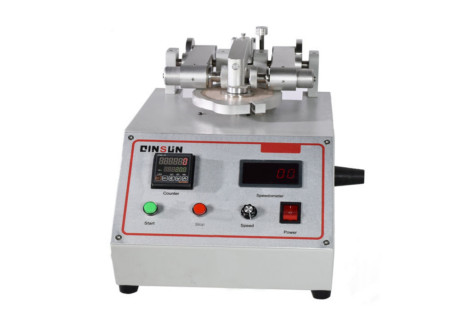- Qinsun Instruments Co., Ltd.
- Tell:+86-21-6780 0179
- Phone:+86-17740808215
- Address:No. 2578 Minhang District Gu Dai Road, Shanghai
- Contact:Mr. Li
- QQ:846490659
Electronic balance circuit malfunction inspection

1. Intuitive method: There are many components on the main circuit board of the electronic balance, and many faults occur due to short circuits, open circuits, poor contact of connectors, and open welding of component corners. Therefore, when there is a malfunction in the electronic balance, the circuit board should be inspected first using intuitive methods such as sight, hearing, smell, and touch. This requires us to be familiar with the structure of electronic scales.
2. Comparison and substitution method: During fault inspection, using instruments to compare the electronic balance with a faulty balance can quickly identify the fault point. In addition, if any components such as sensors, circuit boards, power supplies, keyboards, etc. that have been prepared for work are suspected to be damaged, they should be replaced with prepared components and the results observed for any changes. If the display is normal, it indicates that the original component is faulty. Comparison and substitution methods can quickly and accurately identify the fault point.
3. Voltage measurement method: The electronic balance compares the working voltage of circuit components and chip corners with the normal value, and the area with significant voltage changes is the location of the fault.
4. Short circuit and open circuit method: The short circuit method is to short circuit a certain part of the circuit, and then use an electronic balance to determine the fault point through the results of an oscilloscope or multimeter test. The open circuit method is to disconnect a certain part of the circuit and then use a multimeter to measure resistance, voltage, or current to determine the fault point.





